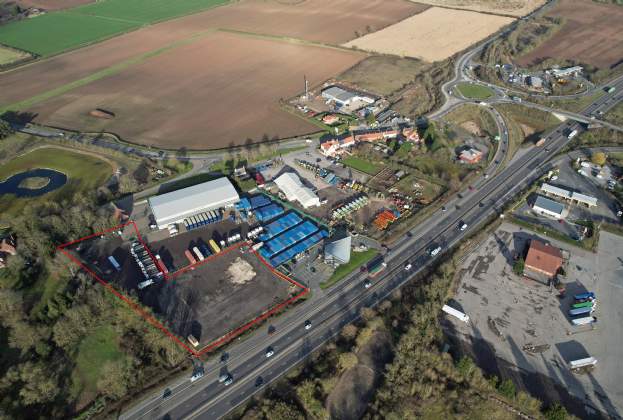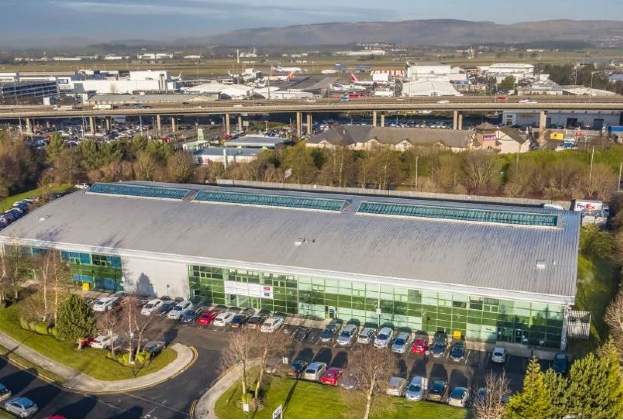2021 saw UK industrial and logistics take-up surpass 50 million sq ft for the second year running, achieving another record for the sector in the process. However, with vacancy rates now at 2.9 per cent how likely is it that this level of activity can be sustained in 2022?
To put things in perspective, prior to the onset of Covid-19, the three-year average for industrial & logistics take-up sat at just 32 million sq ft.
At present, requirement levels are not falling. In fact they increased by 44 per cent in 2021 and remain stable at around 108 million sq ft per quarter. We anticipate that there is no compelling reason why they would fall dramatically in 2022. This suggests there is enough demand to once again breach the 50 million sq ft mark come the end of the year.
The pinch point is supply, which is now at its lowest level ever. The current level of existing stock stands at 17.1 million sq ft, alongside a speculative pipeline of 18.6 million sq ft. This alone is not nearly enough to exceed 50 million sq ft. In fact, it would require an additional 13.1 million sq ft of build-to-suit deals to hit this target.
All of which is not inconceivable given current levels of activity, especially when we consider available second hand supply. Indeed, with 14.3 million sq ft coming to market in 2021, most of which let quickly, this could prove essential to maintain the levels of take-up we’ve grown used to in recent years.
The key, then, lies in speculative development. We need more of it and fast. While this is good news for developers and investors with vast amounts of capital still looking to enter the market, it is not quite so straight forward.
Developers, at present, remain at the mercy of the issues in global supply chains that are impacting the availability of key materials for warehouse construction. Brexit is also causing significant labour shortages, with far fewer contractors able to work in a market that has dramatically expanded. This means timescales are protracting and costs are rising.
Another thing to consider is that from April 2022 the use of ‘red diesel’ in construction will be banned. While this is an excellent initiative aimed at fighting climate change, in the short term it will see fuel costs increase by 47p per litre, which will make earthworks considerably more expensive to complete.
Despite these hurdles, the industrial and logistics sector remains essential to keeping the UK moving, as demonstrated over the last two years. The key to the sector’s continued growth will be occupiers taking a pragmatic view of how to satisfy their requirements in a supply starved market. This may mean looking at locations or buildings they otherwise wouldn’t have considered, but ultimately where there’s a will there’s a warehouse.
Further information
(1).jpg)


.jpg)
.jpg)

.jpg)

.jpg)

.jpg)